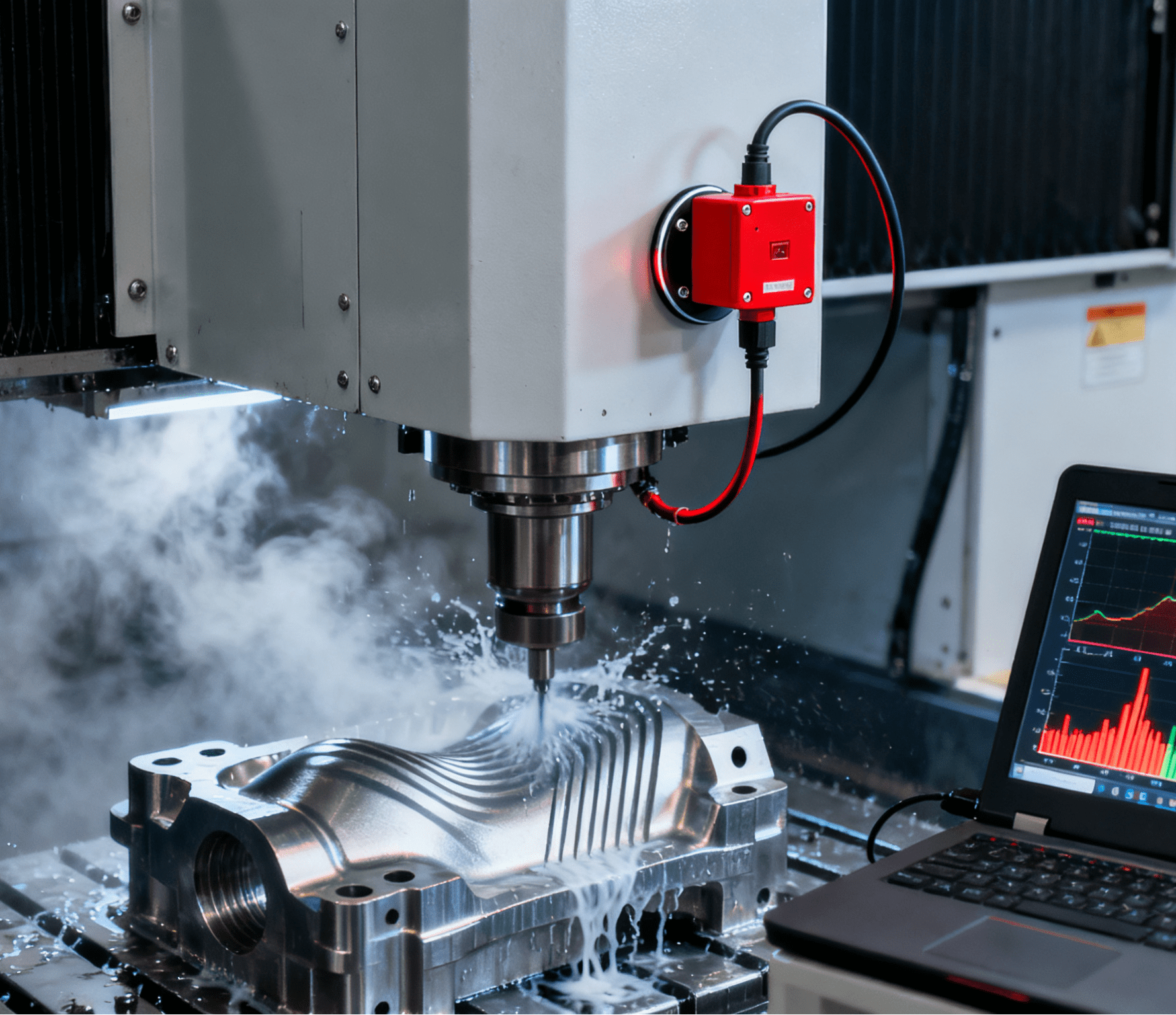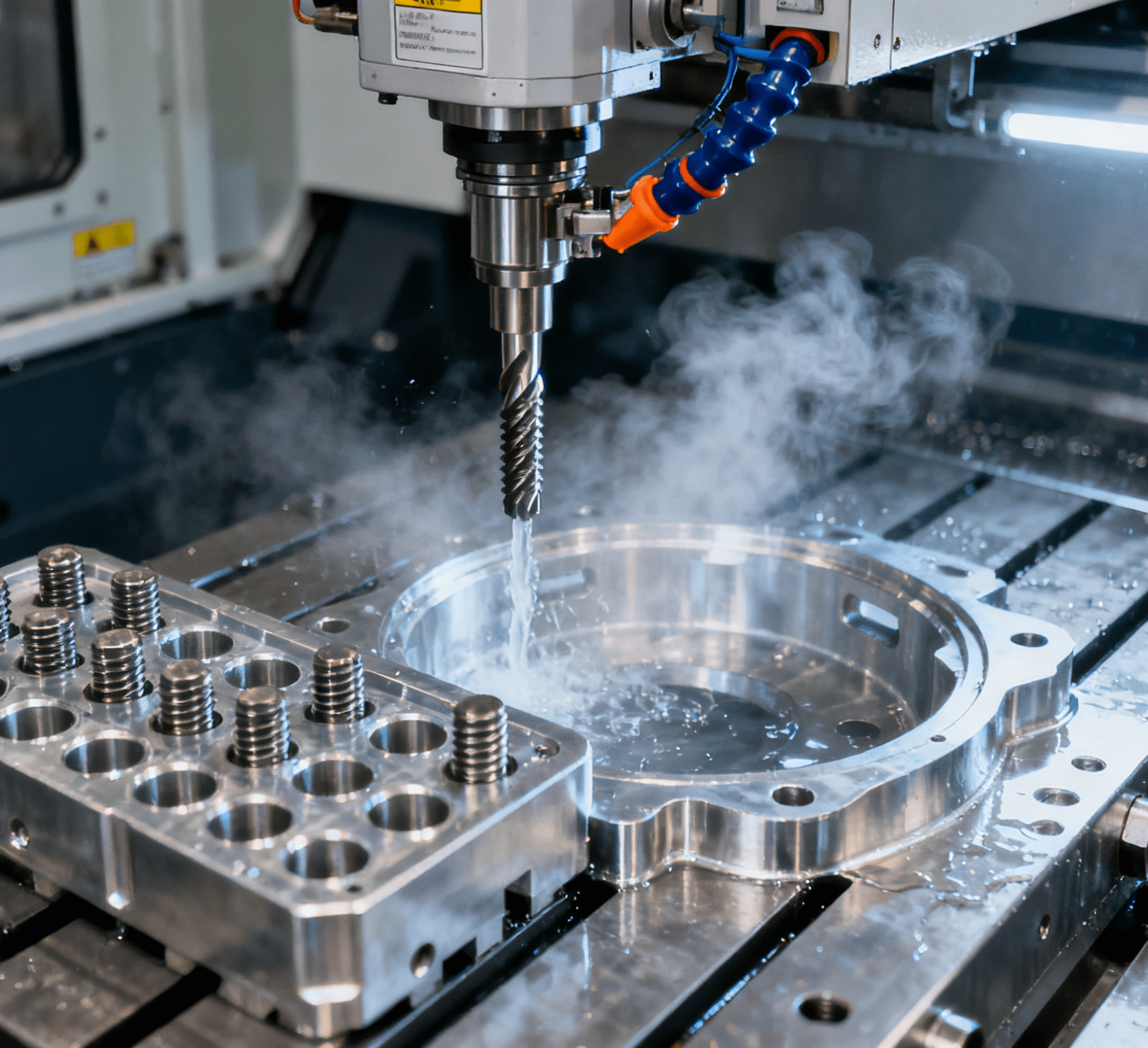Table of Contents
Toggle4-Axis Robotic Vision-Guided Dispensing System: Redefining Precision in Industrial Adhesive Applications

In industrial manufacturing, precise dispensing of adhesives, sealants, and coatings is critical for product integrity—from bonding tiny microchips to sealing automotive windshields. Traditional dispensing systems, reliant on fixed fixtures, manual programming, and 2D positioning, struggle with complex geometries, part variations, and rapid changeovers, leading to inconsistent quality and costly rework. The 4-Axis Robotic Vision-Guided Dispensing System emerges as a game-changing solution, integrating the speed of 4-axis robotics with the intelligence of 3D vision to automate fluid application with unmatched accuracy and flexibility. Designed for industries ranging from electronics to automotive, this system transforms dispensing from a manual, error-prone process into a streamlined, data-driven operation.
The Technology Framework: How Vision and Robotics Converge
A state-of-the-art system combines mechanical precision with visual intelligence to solve the challenges of dynamic dispensing:
1. 4-Axis Robotic Arm: Speed and Planar Dexterity
The system’s core is a 4-axis SCARA (Selective Compliance Assembly Robot Arm) or Cartesian robot, optimized for planar movements (X, Y, Z, and θ axes), offering:
- High-Speed Trajectory Control: Achieves dispensing speeds of 200–500 mm/s with ±0.1mm repeatability, ideal for high-volume applications like smartphone battery bonding (1,000+ units/hour).
- Compliance for Surface Following: Adaptive joints adjust to slight part height variations (e.g., curved automotive panels), ensuring consistent nozzle-to-surface distance (5–10mm) without manual recalibration.
- Modular Tooling: Quick-release dispensers (e.g., needle tips for micro-dots, slot nozzles for bead applications) swap in <5 seconds, supporting 10+ dispensing patterns (dots, lines, arcs, spirals).
2. 3D Vision-Guided Navigation: Correcting for Real-World Variability
A high-resolution vision system (5–10μm pixel accuracy) paired with AI algorithms ensures precision even in chaotic environments:
- Part Localization: Identifies misaligned components (e.g., PCBs shifted by 2mm on a conveyor) with 99.9% accuracy, using structured light scanning to create 3D point clouds and calculate real-time part positions.
- Dynamic Path Adjustment: Mid-dispensing, the system corrects for part thermal expansion (common in electronic components) or conveyor vibrations, maintaining bead width consistency within ±5% of the target (e.g., 0.5mm bead on a 5G antenna).
- Quality Pre-Check: Scans for surface defects (e.g., scratches on glass panels that could cause adhesive leaks) before dispensing, preventing flawed parts from entering the process.
3. Intelligent Software: Orchestrating Precision at Scale
User-friendly software platforms and machine learning drive operational excellence:
- No-Code Task Setup: Engineers define dispensing paths by tracing on a 3D model or teaching points via jogging, reducing programming time for new products by 70% compared to traditional G-code scripting.
- AI-Optimized Bead Formation: Algorithms analyze 10,000+ dispensing cycles to refine parameters (pressure, speed, nozzle height) for different fluids (viscosity 1–100,000 cP), minimizing stringing and tailing defects by 80%.
- IoT-Enabled Process Monitoring: Real-time data (dispense volume, pressure fluctuations, vision accuracy) flows to dashboards, enabling predictive maintenance (e.g., alerting when a nozzle tip is clogged) and process optimization.
Applications: Precision Dispensing Across Industries
1. Electronics Manufacturing: Micro-Dispensing with Micron-Level Control
In a PCB assembly line producing 50,000 boards daily:
- The system dispenses 0.1μL of underfill adhesive around BGA chips (0.5mm pitch), using vision to align the needle tip within ±0.05mm of the target pad—critical for preventing thermal stress failures.
- For wearable devices, 4-axis robots apply waterproof sealant along the edge of curved OLED displays, adapting to 3D contours with vision-guided path interpolation, achieving a 99.5% leak-proof rate.
Case Study: A leading electronics OEM reduced adhesive waste by 40% and rework costs by $200K annually, thanks to the system’s ability to handle 100+ PCB variants without mechanical adjustments.
2. Automotive Component Production: High-Volume, High-Reliability Dispensing
In a factory manufacturing 10,000 automotive headlamps daily:
- Vision-guided robots apply 2mm-thick sealant beads along polycarbonate lens edges, compensating for mold variations (±0.3mm) in real time to ensure uniform bonding under harsh environmental conditions.
- For electric vehicle battery packs, the system dispenses thermal interface material (TIM) onto 100mm² cooling plates with ±0.2mm thickness control, optimizing heat dissipation and extending battery life.
3. Medical Device Assembly: Sterile, Traceable Fluid Application
In a cleanroom manufacturing insulin pump cartridges:
- Sterile-grade robots dispense 5μL of biocompatible adhesive to bond plastic pistons, using UV-sterilized vision systems to verify bead continuity and position for ISO 13485 compliance.
- Each dispensing action is logged with a timestamp, part ID, and fluid volume, creating an unbroken audit trail for FDA inspections.
Vision-Guided Systems vs. Traditional Dispensing: A Performance Comparison
| Metric | 4-Axis Vision-Guided System | Conventional 2D Dispensing |
| Positioning Accuracy | ±0.1mm (3D vision-corrected) | ±0.5mm (fixture-dependent) |
| Throughput (parts/hour) | 500–2,000 (variable speed) | 200–500 (fixed path limitations) |
| Changeover Time (new product) | <15 minutes (software-driven) | 1–2 hours (manual fixture setup) |
| Fluid Viscosity Range | 1–1,000,000 cP (adaptive control) | 1–10,000 cP (limited by fixed pressure) |
| Complex Geometry Handling | Curved surfaces, angled features | Flat, linear paths only |
Technological Innovations Driving Excellence
1. Self-Calibrating Vision Systems
AI-powered algorithms automatically recalibrate the camera-robot coordinate system every hour, compensating for mechanical wear or temperature changes (common in 24/7 operations), ensuring consistent precision over 100,000+ cycles.
2. Fluid Dynamics Modeling
Machine learning predicts bead formation behavior based on fluid properties (viscosity, surface tension) and dispensing parameters, enabling “first-time-right” setup for new materials—eliminating hours of trial-and-error.
3. Collaborative Dispensing Cells
Safety-rated cobots work alongside operators in shared workspaces, handling repetitive high-speed dispensing while humans oversee quality checks or material replenishment, boosting productivity by 30% in mixed-model lines.
The Business Case: Investing in Precision and Flexibility
1. ROI Through Quality and Efficiency
- Labor Savings: Replaces 2–3 manual operators in high-precision tasks, with a typical payback period of 12–18 months in regions with high labor costs.
- Material Optimization: Reduces adhesive waste by 30–50% through precise volume control and path optimization, critical for expensive fluids like conductive silver pastes or medical-grade sealants.
2. Adaptability to Industry 4.0 Demands
- Small-Batch Production Ready: Handles low-volume, high-mix orders (e.g., 50 units of a custom medical device) with the same efficiency as mass production, enabling manufacturers to embrace customization.
- Data-Driven Continuous Improvement: Real-time analytics identify trends (e.g., slight nozzle wear affecting bead uniformity) and trigger automated adjustments, ensuring zero-defect processes.
The Future of Industrial Dispensing: Where Vision Meets Versatility
As manufacturing evolves toward greater precision, agility, and automation, the 4-Axis Robotic Vision-Guided Dispensing System stands as a testament to innovation in fluid application. By merging the speed of 4-axis robotics with the intelligence of 3D vision, it transforms a once-constrained process into a platform for endless possibilities—from micro-dispensing in electronics to heavy-duty sealing in automotive. In an era where every drop of adhesive matters, this technology proves that precision isn’t just a requirement; it’s a competitive edge.
#4 Axis Vision Guided Dispensing #Precision Adhesive Application #Robotic Dispensing Solutions




















